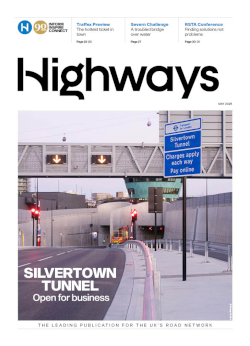A before-and-after study of traffic conditions in a city in Taiwan suggests that journey times on key corridors have been cut by 9.4% by using a solution which predicts traffic levels in the near future and alters traffic light phasing and traffic information messages.
The solution, implemented in Taichung City using PTV Group’s Optima and Balance software, fuses transport modelling with real time data to simulate conditions in the next 10-60 minutes. It then calculates different scenarios to mitigate the effects of pinch-points on the network.
The German transport modelling firm says this shows that proactively managing traffic rather than being reactive has a positive difference also on average speeds (up 8.4%) and total vehicle flow (up 7.6%) and adds that there is an opportunity to further improve the performance of the network by expanding the scope of the study area and using alternative sources of data.
The city, which is Taiwan’s second biggest with 2.7 million people implemented the solution by co-ordinating central government and local highways management into one “balanced solution”. The city used the PTV Optima software to allow it to, as it put it, implement “event pre-prevention”.
It says the model-based short term traffic prediction approach, as opposed to a statistics-based one, allowed controllers to make informed decisions about which solutions to implement when faced with congestion.
PTV Group says its software, which has been developed over more than 40 years, is capable of taking real-time data and complex transport models and using the latest computer processing to deliver the solution. It is being installed in countries across the world with reductions in journey times and emissions as a result.
Watch a video about the solution here





